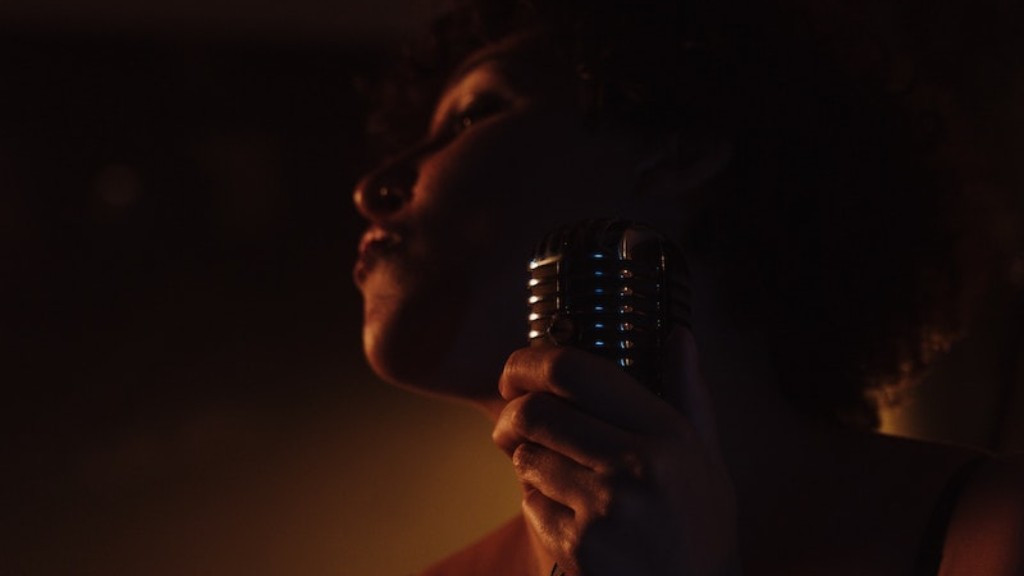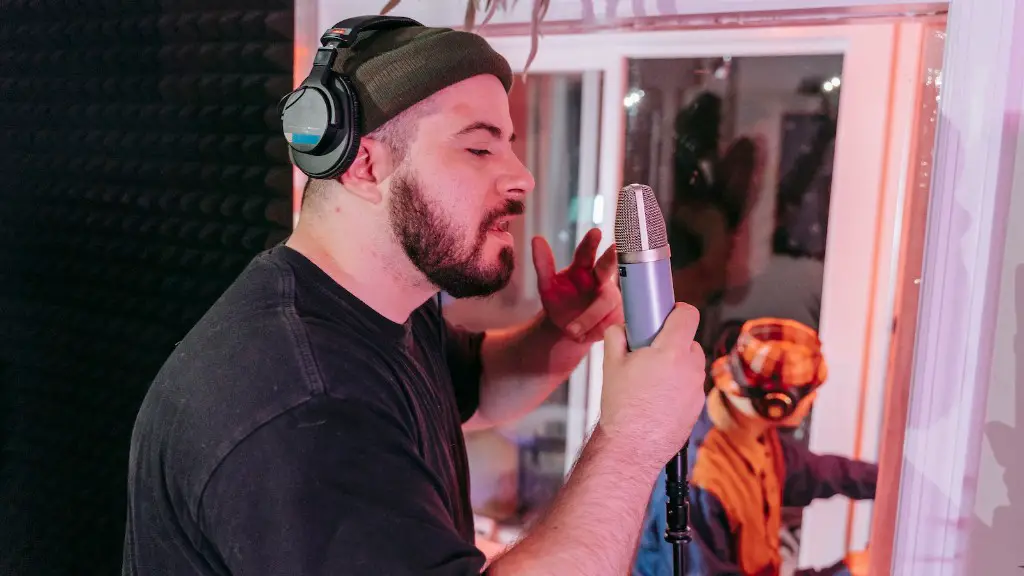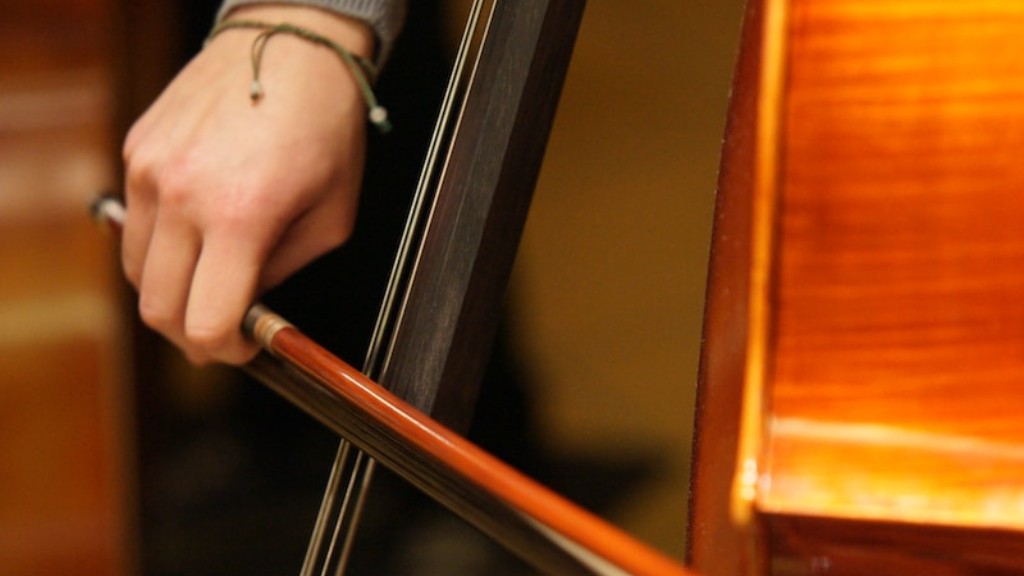1. Get the Right Supplies
Drawing ladybugs can be a fun and creative way to express yourself, but they won’t turn out very well if you don’t have the right supplies. You’ll need a steady hand, a few drawing instruments and some patience. Start by grabbing a pencil, eraser and some colored pencils or markers. If you’re feeling extra fancy, add a few pieces of paper and an eraser for the finishing touches. Once you have all the supplies you need, you’re ready to draw!
2. Outline the Body and Wings
Ladybugs have disc-like bodies with two sets of wings. Gently outline the body and wings with a light pencil. They don’t have to be perfect, but you want to make sure you get the basic shape. Next, draw two antennas on the ladybug’s head as well as a pair of eyes. Once you’re done with the outline, you can start to add more details and shading.
3. Use Color to Bring It to Life
Once you have the basic outline complete, it’s time to start adding color. Ladybugs are typically black or red with spots of yellow, white, or orange. You can mix your own colors with markers or colored pencils if you don’t have the exact right shades. Make sure to shade the wings and use lighter and darker colors to create dimension. Don’t forget to add a few spots. That’s what really helps make a ladybug’s wings look realistic!
4. Experiment With Patterns & Shapes
Once you have the basic outline and color complete, you can experiment with patterns and shapes. Ladybugs can have polka dots, stripes, checker boards, or any other pattern you can think of. You can also draw shapes such as stars and hearts onto the ladybug’s wings. Have fun and be creative!
5. Add the Finishing Touches
Once you have the basic shape and color done, it’s time to add the finishing touches. Use an eraser to erase any unnecessary pencil lines and then use a black marker to go over the outline. You can also use markers or colored pencils to add details such as veins or shading along the wings. Go over all the edges to make sure everything is sharp. Now your ladybug is complete!
6. Experiment with Different Bodies & Sizes
Ladybugs come in all shapes and sizes, so why not try drawing a few different types? This time, start with a bigger and rounder outline. Once you have the outline, fill in the body with different shades of blue or purple. Finally, draw a few stars, spirals or swirls across the body of the ladybug. You can make your ladybug as creative and unique as you want!
7. Try Out Different Colors & Patterns
Now it’s time to experiment with other colors and patterns. Dip your brush into some green, blue or even pink paint. Use your imagination and draw a variety of shapes and patterns. Let your creativity run wild! When you’re done, outline the wings and body with a black marker and you’ll have a colorful and unique ladybug.
8. Mix & Match Different Elements
Why not mix and match the elements from your other creations? Choose a few of your favorite shapes, colors, and patterns and combine them into one ladybug. Create a unique design that expresses who you are. Once you’re done, outline the wings and body with a black marker to give it a polished look. Now you have a one-of-a-kind masterpiece!
9. Challenge Yourself
Ready to take it to the next level? Challenge yourself by trying to draw a 3D ladybug. Start by carefully sketching the basic outline of the ladybug’s body and wings. Then add color, shading and details to create a realistic looking 3D effect. You can even use a few pieces of paper to create a ladybug’s protruding antennae. Get creative and have fun!
10. Have Fun!
Drawing ladybugs can be a fun and creative way to express yourself. Start with the basic shape and then add your own special touches. Use different colors and patterns to create unique and interesting designs. Experiment with different sizes and body shapes. And finally, challenge yourself by trying to draw a 3D ladybug. Have fun and be creative!



